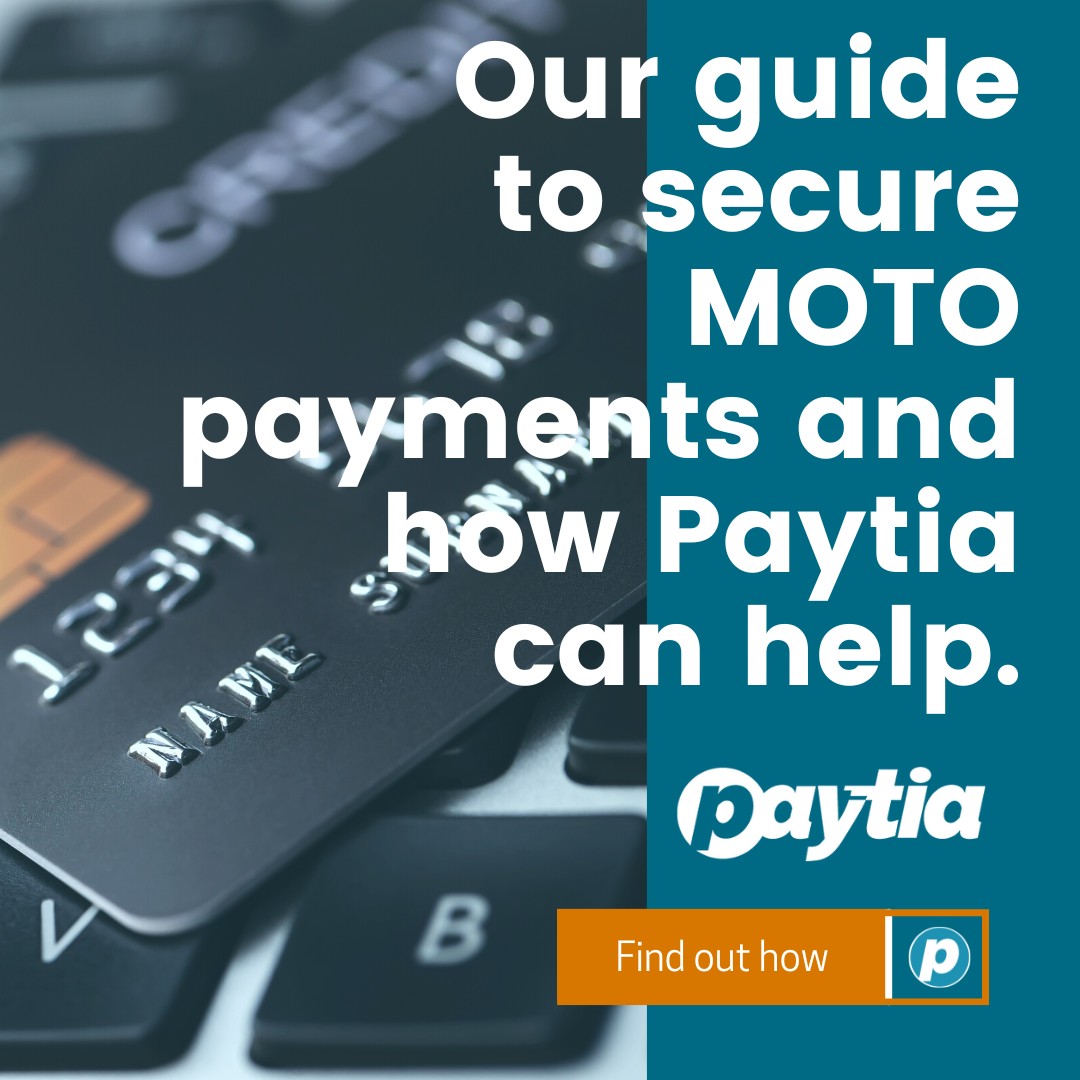
What You Need to Know for MOTO Payments
Mail Order/Telephone Order (MOTO) payments present unique security challenges and opportunities. Understanding MOTO requirements helps businesses process these transactions safely and compliantly.
Understanding MOTO Transactions
MOTO payments occur when customers provide card details over the phone or by mail, with merchants manually entering the information:
- Card Not Present - Physical card is not available during transaction
- Manual Entry: Merchant manually inputs customer-provided card details
- Higher Risk - Increased fraud risk due to lack of physical verification
- Special Processing: Different authorization and settlement procedures
MOTO Security Requirements
Enhanced security measures are essential for MOTO transaction protection:
- Strict PCI DSS compliance for all card data handling
- Secure transmission and storage of payment information
- Enhanced authentication and verification procedures
- Comprehensive fraud monitoring and detection systems
- Regular security assessments and vulnerability testing
Fraud Prevention Strategies
Implement strong measures to minimize MOTO fraud risks:
- Customer Verification: Verify identity through multiple data points
- Address Verification: Confirm billing and shipping address accuracy
- CVV Checking: Always verify card security codes
- Velocity Monitoring: Track transaction patterns and frequency
- Blacklist Management - Maintain databases of known fraudulent accounts
Compliance Considerations
MOTO transactions must meet specific regulatory requirements:
- PCI DSS Level compliance based on transaction volume
- Strong Customer Authentication (SCA) exemptions where applicable
- Data protection regulations for customer information
- Industry-specific compliance requirements
- Geographic regulatory compliance for international transactions
Technology Solutions
Modern technology enhances MOTO transaction security and efficiency:
- Secure Entry Systems: Encrypted keypad entry for card details
- Tokenization: Replace sensitive data with secure tokens
- Real-time Verification: Instant fraud scoring and risk assessment
- Integration Platforms: smooth connection with existing systems
- Reporting Tools - Comprehensive transaction monitoring and analysis
Best Practices for MOTO Processing
Implement proven procedures for secure MOTO transactions:
- Train staff on proper MOTO security procedures
- Establish clear verification protocols for customer identity
- Use secure, PCI-compliant payment processing systems
- Monitor transactions for unusual patterns or behaviors
- Maintain detailed records for compliance and dispute resolution
- Regular review and update of security procedures
Chargeback Management
MOTO transactions face higher chargeback risks requiring proactive management:
- Clear transaction descriptions and customer communication
- Comprehensive documentation of customer authorization
- Prompt response to chargeback notifications
- Evidence collection and dispute management procedures
- Analysis of chargeback patterns for prevention strategies
Industry Applications
MOTO payments serve various business models and industries:
- E-commerce - Phone orders and customer service transactions
- Catalog Sales: Traditional mail and phone order businesses
- Subscription Services: Recurring billing and payment collection
- Professional Services: Consulting and service-based payments
- Healthcare: Patient payment collection and medical billing
So to wrap up
Successful MOTO payment processing requires balancing security, compliance, and customer experience. Proper implementation protects against fraud while enabling convenient payment collection.
Contact Paytia today to implement secure MOTO payment solutions that protect your business while providing customers with convenient payment options and strong fraud protection.
